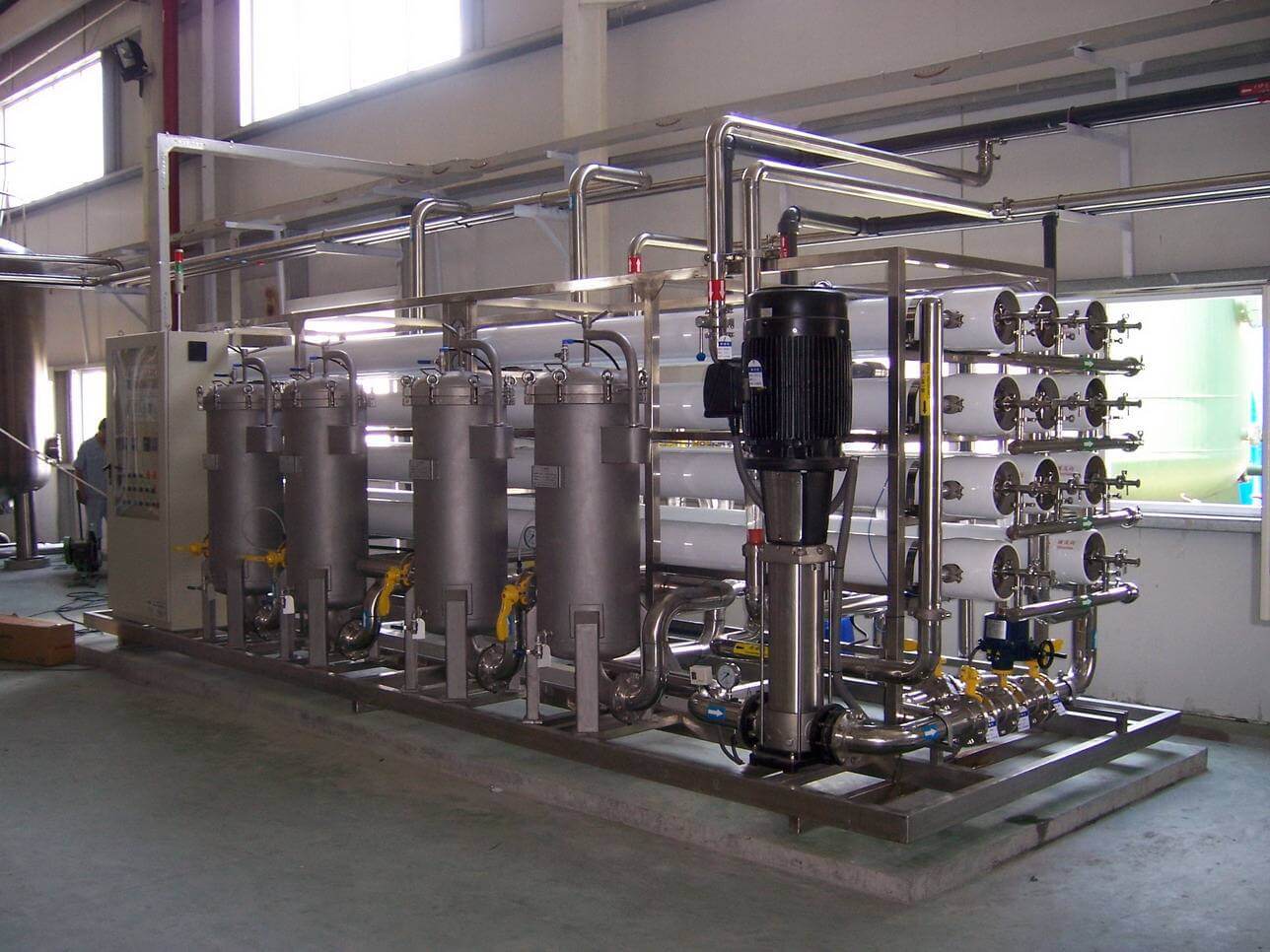Industrial reverse osmosis (RO) systems are recognised as an effective water treatment solution; but, like any complex system, they are not immune to potential issues. The challenges, their implications, and the critical importance of proper management – including expert advice and installation, and vigilant follow-up service and maintenance – are discussed below.
The Necessity of Wastewater Management
Wastewater, defined as water tainted with contaminants from human or industrial activities, demands our attention. If not treated appropriately before discharge into the environment, it poses a severe risk to our water resources and the well-being of both humans and wildlife. It is in this context that RO emerges as an indispensable tool in wastewater treatment, for removing harmful pollutants and generating high-quality water fit for reuse in industrial processes or safe environmental discharge.
Selecting the Right Industrial RO System
The selection of the appropriate industrial reverse osmosis system tailored to your specific needs is paramount. This ensures effective treatment of your wastewater, safeguarding the environment and water resources. However, even the most advanced systems are susceptible to challenges that can compromise their performance.
Recognising Potential Issues
To address these issues proactively, vigilant monitoring of your system is essential. Here are some signs that it may be encountering problems:
1. Decreased Water Production: A notable drop in water production compared to the system’s usual output can be an early indicator of an issue.
2. Increased Product Water Salinity: A spike in the salinity of the product water may suggest membrane fouling or scaling, affecting quality.
3. High Pressure Drop: An unusually high pressure drop across the system indicates reduced efficiency and may point, also, to scaling or membrane fouling.
4. Presence of Contaminants: The presence of contaminants in the product water, such as remnants of food or other substances, is a clear red flag.
5. Changes in Color or Odour: Any alterations in the colour or odour of the product water should be investigated promptly.
Upon observing any of these signs, it is imperative to act swiftly. Contacting a qualified RO technician is the prudent course of action. These experts possess the knowledge and experience necessary to diagnose and rectify issues promptly, averting potentially costly consequences.
The Crucial Role of Regular Service and Maintenance
Regular service and maintenance constitute the bedrock of a reliable and efficient industrial reverse osmosis system. This includes:
1. Monitoring Water Quality: Regularly assessing the quality of both feedwater and product water is paramount to spot deviations and address them accordingly.
2. RO Membrane Cleaning: Following the manufacturer’s guidelines for cleaning the RO membrane and other system components is essential to maintain optimal performance.
3. Membrane Replacement: Recognising when it’s time to replace the RO membrane is crucial to ensure consistent quality.
By adhering to these maintenance practices, you can significantly reduce the risk of encountering problems. Moreover, you’ll ensure that it continues to deliver high-quality water that meets your requirements.
Industrial reverse osmosis systems are invaluable tools in wastewater treatment, contributing to the preservation of our environment and resources. Regular service and maintenance, facilitated by expert guidance and installation, are pivotal in maximising the efficiency and reliability of your system. In doing so, you can continue to harness the benefits of this technology while minimising its potential challenges.




